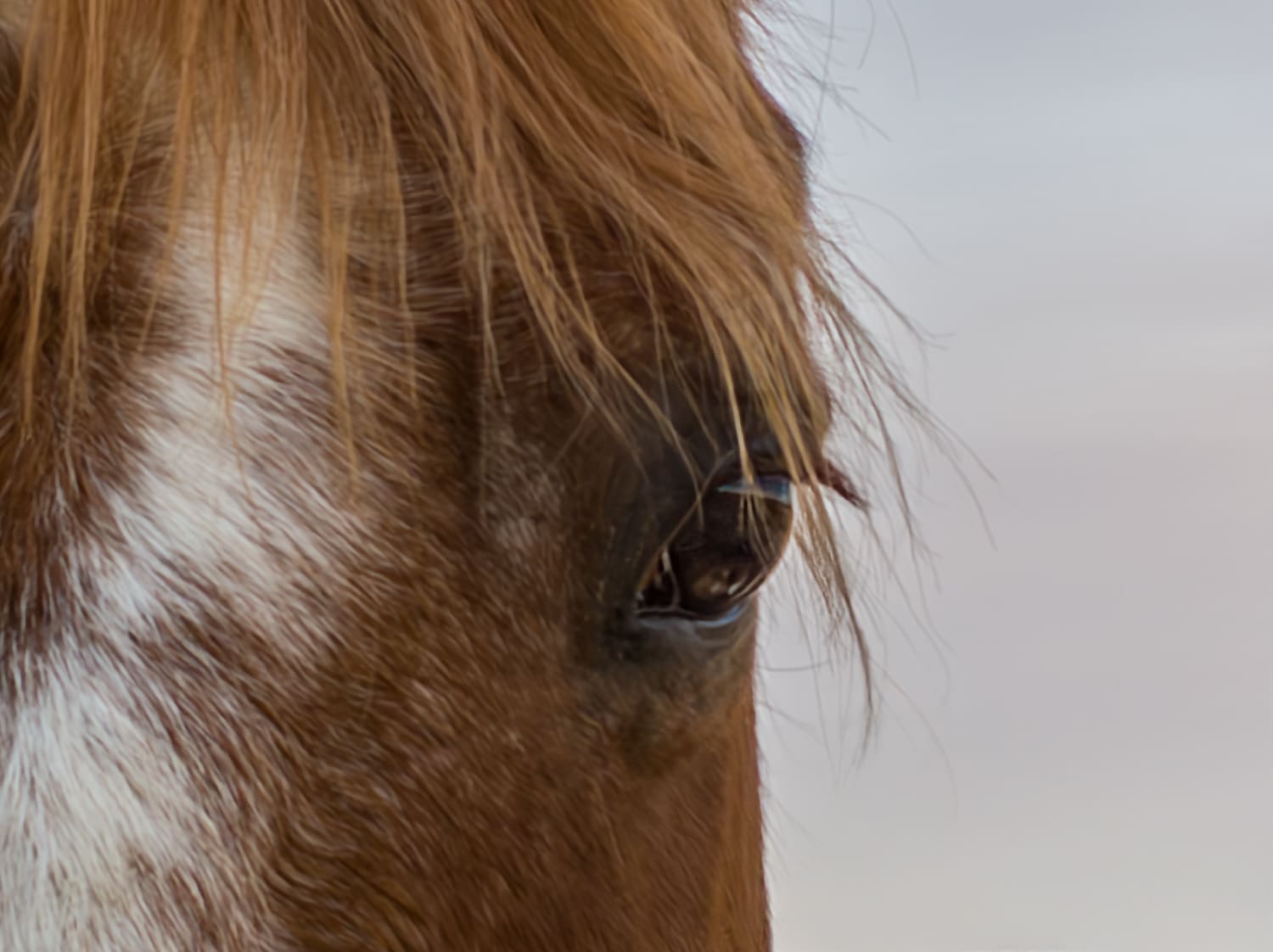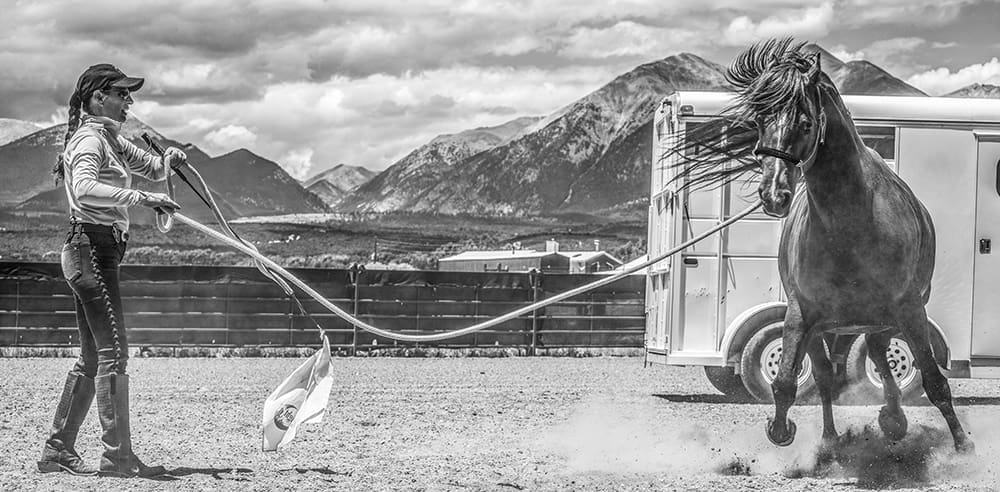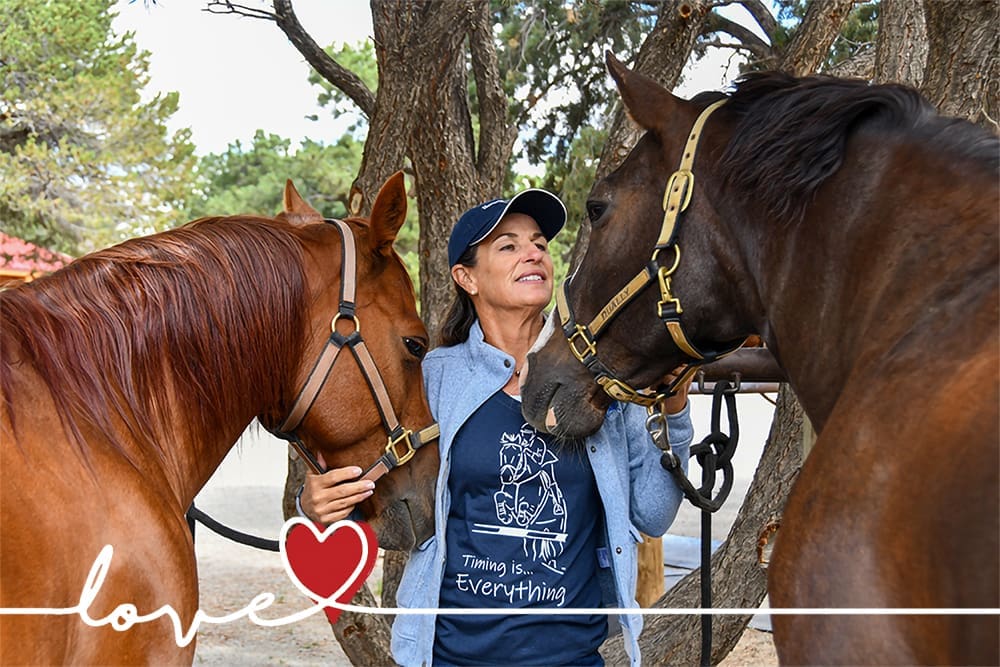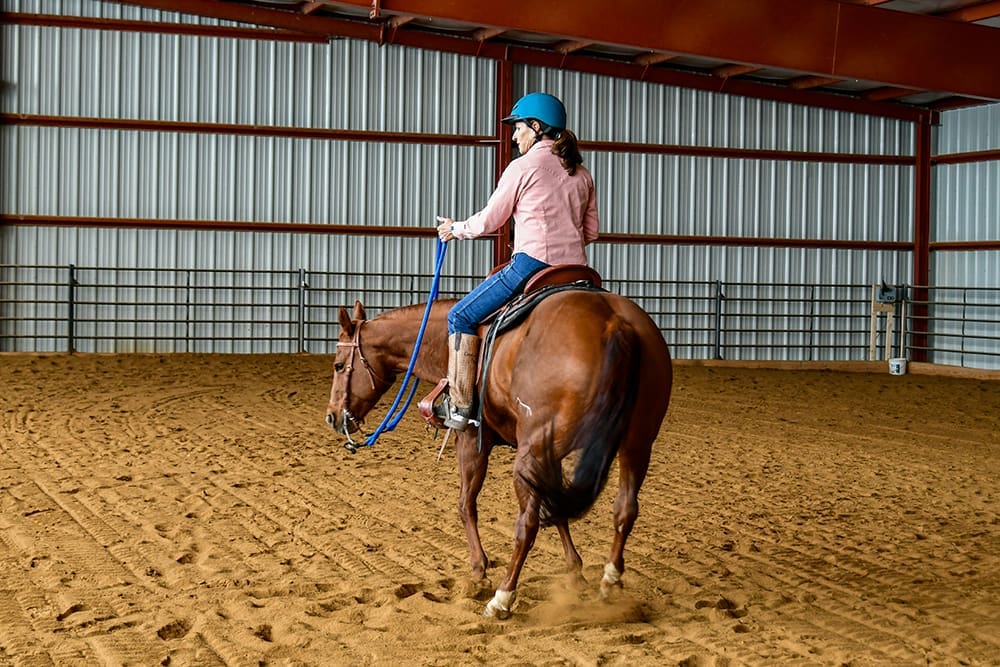Lingo – Ventral Edema
A horse showing signs of ventral edema may have compromised health. Swelling is typically seen on the ventral midline of the horse’s belly and is characterized by puffiness, bumps or fluid build-up. Often in geld- ings, sheath swelling or puffiness can also be seen. These signs can be indicators that a horse is fighting infection (maybe from an unseen puncture wound), having metabolic issues– allergies, snake/insect bite, or toxic reactions, circulatory issues, parasites, Potomac Horse Fever and other issues.
Monitor the edema, check vital signs (checking for signs of fever) and look for other signs that may indicate the horse’s health and vigor such as appetite, soreness and alertness. Inspect the horse from nose to tail for signs punctures or sores. Exercise the horse lightly to see if the edema is reduced after exercise. If the horse shows signs of fever or other signs of sickness, if the edema persists over a long period or gets worse, call the vet.
Herd – the frog sloughs!
The frog of the hoof grows continuously and is an important structure of the foot. Traditionally, farriers would trim the frog back, keeping it very neat and trim, but increasingly farriers are leaving the frog natural so that it provides better cushioning and support for the foot and better circulation. When left natural, the frog will periodically slough off, either in many little pieces or in one frog-shaped piece. The sloughing is perfectly normal, but may be alarming to people that have never seen the frog in its natural state.
Tack–cheek piece
For many horses, particularly in the winter when the hair coat is very thick, pulling the bridle over the ears is a tight fit and can cause a lot of momentary discomfort in the horse’s mouth. If you drop the cheek piece down a few holes before you bridle, it is much easier to pull the headstall over the ears and then it can be adjusted back up to the right place. It only takes a few seconds to loosen then readjust the cheek piece but it can make a huge difference in the horse’s comfort and may help prevent bridling problems.
Teach –Ride at Will During a Lesson
Riding lessons are all about imparting information and developing rider skill, but sometimes students are over-loaded with information. It’s helpful to plan practice time in each lesson– either at the end of the lesson for about 10 minutes or after each topic or exercise. During this time, your students can ride at will, practicing the things you worked on in their lesson. Often this is when questions arise, as students process the information on their own. I always tell riders at the end of each session to practice on their own, ask questions if they have them and that I will just watch and offer suggestions as needed. I think this “soak in” time is really important in the learning process.
By Julie Goodnight



